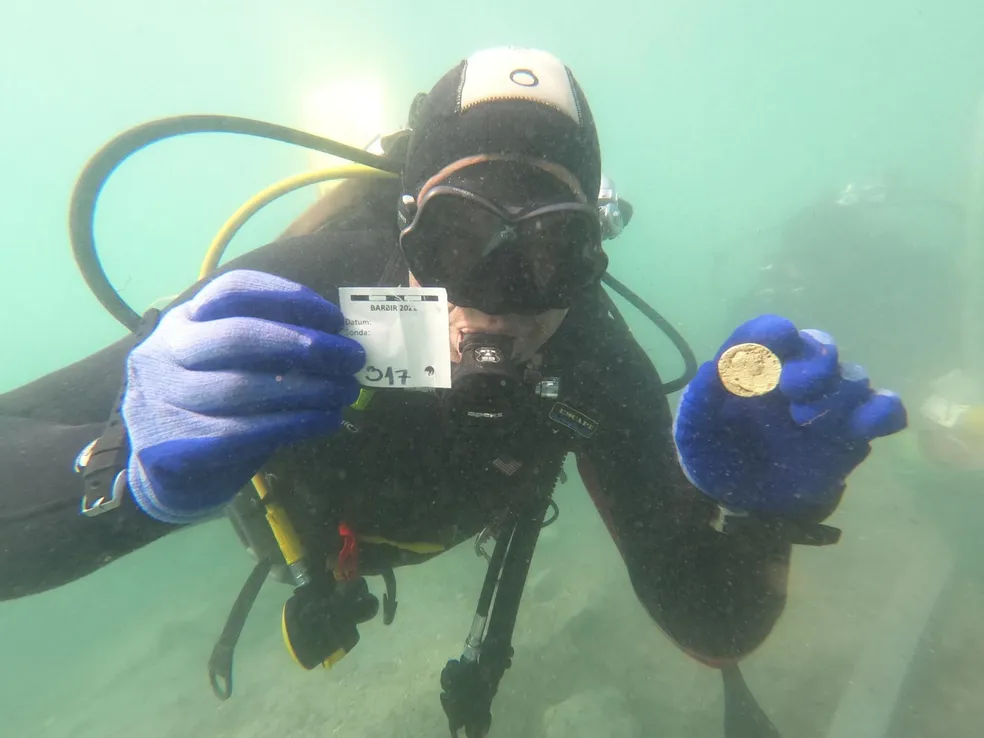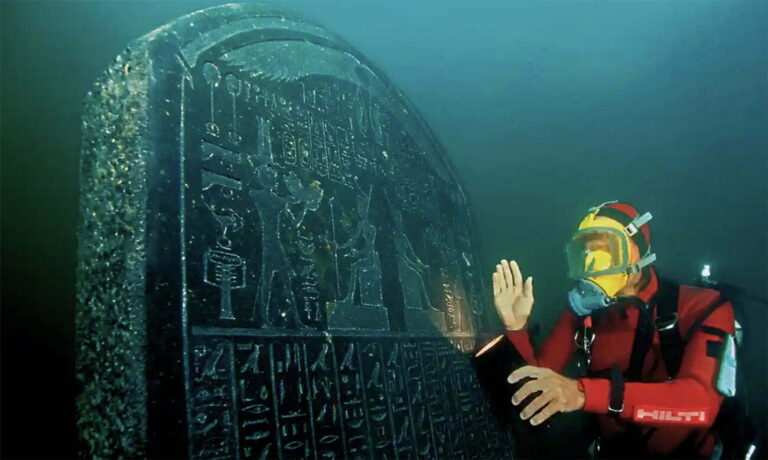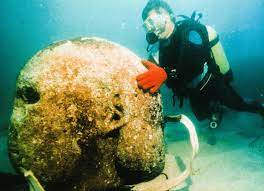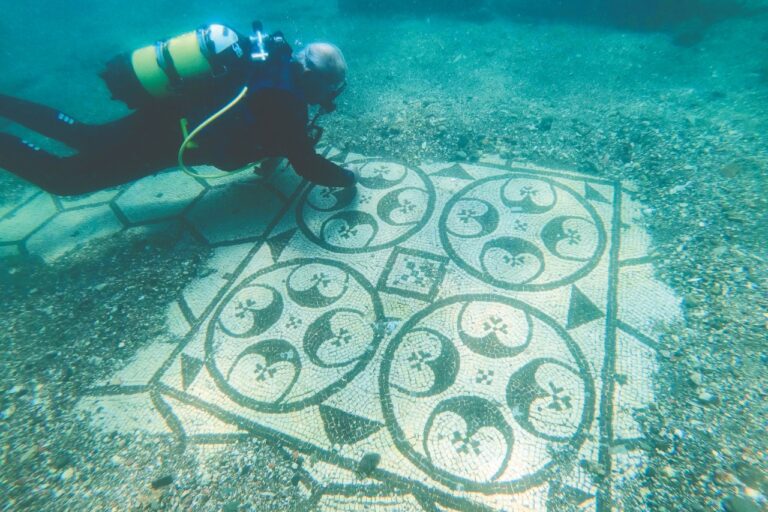Safety First: Recreational Diving and Archaeology
Recreational diving and archaeology are two fascinating activities that allow individuals to explore the underwater world and unravel the mysteries of the past. While both offer unique experiences and opportunities for discovery, it is crucial to prioritize safety in these underwater endeavors.
In this blog post, we will provide an overview of recreational diving and archaeology, highlighting the importance of safety in these activities. We will also outline the content that will be covered in this article, ensuring that readers are well-informed about the various aspects of safety in recreational diving and archaeology.
Table of Contents
Overview of Recreational Diving and Archaeology
Recreational diving encompasses a range of activities such as scuba diving, snorkeling, and freediving. It allows individuals to explore the mesmerizing world beneath the water’s surface, encountering vibrant marine life, breathtaking coral reefs, and potentially, archaeological sites. On the other hand, underwater archaeology involves the study, documentation, and preservation of submerged cultural heritage, including shipwrecks, ancient settlements, and artifacts.
Importance of Safety in Underwater Activities
Safety is of paramount importance in recreational diving and archaeology due to the unique challenges and risks associated with these activities. In recreational diving, it is essential to have the necessary safety equipment, such as dive masks, regulators, and buoyancy control devices, to ensure the diver’s well-being and prevent accidents. Similarly, underwater archaeologists must adhere to strict safety protocols to minimize the potential damage to archaeological sites and artifacts and protect their own safety.
Outline of the Article’s Content
In this article, we will delve deeper into the different aspects of safety in recreational diving and archaeology. We will discuss the essential safety equipment for divers and the significance of pre-dive planning and communication. Furthermore, we will provide tips for managing risks and emergencies in both recreational diving and underwater archaeology contexts. Additionally, we will explore the unique safety concerns and precautions involved in underwater archaeological sites and the importance of collaboration with experienced divers and professionals. Lastly, we will touch upon the certifications and training programs available for individuals interested in pursuing safe diving practices, emphasizing the benefits of continuous education and improvement.
By addressing these topics comprehensively, we aim to enhance readers’ understanding of the importance of safety in recreational diving and archaeology. We hope to inspire them to prioritize safety while exploring the wonders of the underwater world, ensuring their own well-being and the preservation of our underwater cultural heritage.
Remember, safety first! Let’s dive in, while being responsible stewards of the underwater environment and for the sake of future generations.,
Understanding Recreational Diving
Recreational diving encompasses a variety of activities that allow individuals to explore the wonders of the underwater world. Recreational diving is generally defined as diving for pleasure and enjoyment, rather than for professional or scientific purposes. It includes popular types of activities such as scuba diving and snorkeling, among others.
Scuba diving, or self-contained underwater breathing apparatus diving, is one of the most popular forms of recreational diving. It involves using a pressurized gas tank to breathe underwater and allows divers to explore deeper depths for longer periods. On the other hand, snorkeling is a simpler form of recreational diving that primarily involves swimming on the water’s surface while wearing a snorkel and mask to observe the underwater world.
The appeal of recreational diving lies in the unique experiences and benefits it offers. It allows individuals to delve into a whole new world beneath the surface, discovering breathtaking marine life, vibrant coral reefs, and even exploring historical shipwrecks. The sense of weightlessness, tranquility, and the opportunity to connect with nature make recreational diving an unforgettable adventure.
Apart from the thrill and beauty, recreational diving also offers various health and well-being benefits. The buoyancy in water reduces the impact on joints, making it an ideal exercise for people with joint problems or restricted mobility. The calm surroundings, combined with rhythmic breathing, help reduce stress, promote relaxation, and enhance overall mental well-being.
In conclusion, understanding recreational diving involves recognizing it as a leisure activity that allows individuals to explore the underwater world and marvel at its wonders. The different types of recreational diving, such as scuba diving and snorkeling, provide unique experiences and numerous benefits for physical and mental well-being. Whether it’s for the exploration of marine life or the excitement of discovering historic artifacts, recreational diving offers an unparalleled avenue for adventure and connection with nature.
Introduction to Underwater Archaeology
Underwater archaeology is a captivating field that involves the study and excavation of submerged cultural artifacts and structures. It is the exploration of human history and civilization as told through the remains that have been preserved underwater.
The purpose of underwater archaeology is to uncover and interpret these underwater sites and artifacts, shedding light on our collective past. These valuable archaeological sites, ranging from shipwrecks to submerged cities, provide unique insights into our cultural heritage and help us understand ancient civilizations and their connections with the maritime world.
However, underwater excavations present a set of challenges and risks that must be carefully considered. Working in an underwater environment is inherently dangerous, with factors such as low visibility, strong currents, and potential entanglement hazards. These risks require divers in underwater archaeology to have specialized training and equipment to ensure their safety.
Preserving underwater cultural heritage is of utmost importance. These submerged sites act as museums, preserving artifacts and structures that are protected from decay by the oxygen-free environment of the underwater world. By safeguarding these remains, we can unravel more of our history and share it with the world.
To preserve underwater cultural heritage, archaeologists and divers must adhere to strict ethical guidelines. This includes avoiding unnecessary disturbance or damage to the site, ensuring artifacts are properly documented, and taking steps to prevent looting or illegal salvage. Through collaboration with experienced divers and professionals, the preservation and understanding of underwater cultural heritage can be achieved.
In conclusion, underwater archaeology offers a unique opportunity to explore our past through the examination and study of submerged artifacts and structures. However, it is important to recognize the challenges and risks associated with underwater excavations and prioritize safety while preserving our underwater cultural heritage. By understanding the significance of these sites and working with experienced professionals, we can continue to uncover the secrets of our history hidden beneath the waves.
Safety Measures in Recreational Diving
Recreational diving is an exhilarating and popular activity that allows individuals to explore the breathtaking underwater world. However, it is crucial to prioritize safety to ensure a positive and incident-free diving experience. By following essential safety measures, divers can minimize the risks associated with this thrilling activity.
One of the most important safety considerations in recreational diving is the use of appropriate safety equipment. Divers must always wear a properly fitted diving mask, snorkel, and fins to enhance visibility and maneuverability underwater. Additionally, a buoyancy control device (BCD) and a dive computer are indispensable tools that help divers manage their depth and monitor their dive profiles. These essential safety equipment not only increase comfort but also play a significant role in ensuring diver safety.
Furthermore, pre-dive planning and effective communication are vital aspects of safe diving. Before every dive, divers should engage in a thorough pre-dive planning process. This includes assessing the dive site conditions, determining dive objectives, and discussing emergency procedures with dive buddies. By engaging in effective communication both before and during the dive, divers can anticipate potential risks and plan accordingly.
Managing risks and handling emergencies are skills every diver should possess. Tips and techniques for managing risks include practicing responsible diving behaviors, such as never diving alone, maintaining proper buoyancy control, and being aware of one’s limits and capabilities. In case of emergencies, divers should be prepared to respond quickly and effectively. This includes knowing how to perform rescue techniques, such as providing assistance and administering CPR if necessary.
In conclusion, when engaging in recreational diving, it is essential to prioritize safety to ensure a positive and enjoyable experience. This can be achieved by using appropriate safety equipment, engaging in pre-dive planning and communication, and being knowledgeable in managing risks and emergencies. By adhering to these safety measures, divers can fully enjoy the wonders of the underwater world while staying safe and preserving this beautiful environment for future generations.
Safety Considerations in Underwater Archaeology
Underwater archaeology is a fascinating field that allows us to explore and uncover ancient civilizations that now lie beneath the water’s surface. However, it is important to recognize that conducting archaeological excavations underwater comes with its own set of unique safety considerations.
One of the most significant safety concerns in underwater archaeological sites is the potential for physical hazards. These sites can be challenging environments to work in, with obstacles such as strong currents, poor visibility, and unstable structures. It is crucial for divers to be aware of these hazards and take proper precautions to ensure their safety.
When working in underwater archaeological sites, preserving artifacts and features is of utmost importance. Special care must be taken to avoid damaging or disturbing the underwater cultural heritage. Divers must handle artifacts delicately and ensure they are properly documented and conserved for future research and public enjoyment.
To accomplish this, collaboration with experienced divers and professionals is key. Working with individuals who have extensive knowledge and expertise in underwater archaeology can greatly enhance safety. They can provide guidance on navigating the site, identifying potential hazards, and implementing proper preservation techniques.
In addition to collaborating with experts, divers involved in underwater archaeology should also receive specific training in this field. This includes learning about the unique safety considerations associated with archaeological excavations, as well as gaining the necessary skills to handle artifacts with care. By obtaining proper certification and training, divers can ensure they are equipped with the knowledge and skills necessary to mitigate risks and carry out their work safely.
In conclusion, safety considerations are paramount when conducting underwater archaeology. Divers must be vigilant and proactive in identifying and addressing potential hazards that are inherent to underwater archaeological sites. By taking precautions to preserve artifacts and collaborating with experienced professionals, underwater archaeologists can ensure the protection of our cultural heritage while exploring these captivating sites.
Certification and Training for Safe Diving
In the world of recreational diving and archaeology, obtaining certification and undergoing proper training is imperative for ensuring safety and competence. Certifications serve as a vital tool in establishing a diver’s proficiency and knowledge in these underwater activities.
There are several certification programs available, such as those offered by organizations like PADI (Professional Association of Diving Instructors) and NAUI (National Association of Underwater Instructors). These programs provide comprehensive training on various aspects of recreational diving and underwater archaeology, including equipment usage, dive planning, emergency procedures, and environmental conservation.
Being a certified diver brings numerous benefits to individuals engaged in recreational diving and archaeology. It provides recognition and credibility, enabling divers to explore dive sites and engage in archaeological excavations with confidence. Certification also opens up opportunities for dive trips and collaborations with fellow divers and professionals in the field.
Continuous education and improvement are crucial in the world of diving and archaeology. Through ongoing training, divers can enhance their skills, expand their knowledge, and stay updated with the latest advancements in techniques and equipment. This not only furthers their safety but also allows for a more enriching and fulfilling experience underwater.
In conclusion, obtaining certification and undergoing proper training is of utmost importance in ensuring safe diving practices in recreational diving and archaeology. Certifications validate a diver’s competence and expertise, providing recognition and credibility in the field. Continuous education and improvement contribute to a diver’s growth and help them stay informed about the latest developments. By investing in certification and training, divers prioritize their own safety and contribute to the preservation and exploration of the underwater world.
Conclusion
In conclusion, the safety aspect of recreational diving and archaeology cannot be emphasized enough. Both activities involve exploring the underwater world, where potential risks and dangers exist. Therefore, it is crucial for divers and archaeologists to prioritize safety at all times.
Throughout this article, we have highlighted the importance of safety in recreational diving and archaeology. From understanding the various types of recreational diving activities to the challenges associated with underwater excavations, one thing remains constant: safety should always come first.
We encourage readers to make safety a priority when venturing into the underwater world. Whether you are a seasoned diver or a beginner, taking necessary precautions can greatly reduce the risks involved in these activities. This includes using the essential safety equipment for divers, thorough pre-dive planning, and effective communication with your dive buddy or team.
Moreover, safety considerations in underwater archaeology should not be overlooked. Preservation of underwater cultural heritage requires special attention, and precautions must be taken to protect artifacts and features. Collaboration with experienced divers and professionals is crucial in ensuring the safety and integrity of archaeological sites.
Obtaining the right certifications and training programs is also important for safe diving. Becoming a certified diver not only enhances your skills but also keeps you updated on the latest safety practices. Continuous education and improvement are key to ensuring safe and responsible diving and archaeological practices.
In conclusion, the underwater world offers a fascinating opportunity for exploration and discovery. However, it is essential to prioritize safety in recreational diving and archaeology. By following the necessary safety measures, we can enjoy these activities while preserving the integrity of underwater sites and protecting ourselves and others. So, let’s dive safely and responsibly into the wonders of the underwater world!







